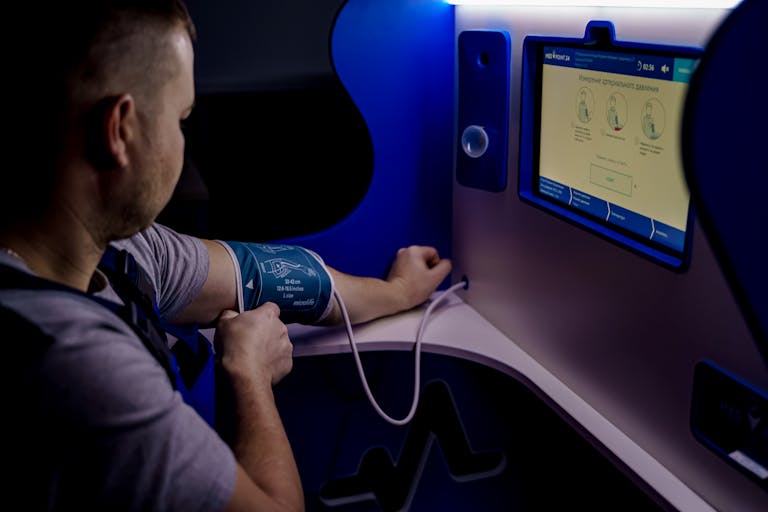How to Write Prompts for AI-Powered Product Development
Welcome to the world of AI-powered product development! 🚀 In this fast-paced digital age, leveraging artificial intelligence to streamline product development is not just a trend but a necessity. One of the key skills in this realm is crafting effective prompts for AI systems. This blog post will guide you through the process of writing prompts that maximize the potential of AI in product development. Let’s dive in! 🌊
Table of Contents
1. Introduction: The Importance of AI Prompts
2. Understanding AI and Its Role in Product Development
3. Crafting Effective AI Prompts: Best Practices
4. Common Mistakes and How to Avoid Them
5. Conclusion: The Art of Prompting
6. FAQ
Introduction: The Importance of AI Prompts
Incorporating AI into product development can revolutionize the way we create and innovate. The secret sauce? Effective AI prompts. These are the instructions or questions we give to AI to bring out its best capabilities. Think of prompts as the bridge between human creativity and machine efficiency. 🧠🤖
Understanding AI and Its Role in Product Development
Before diving into writing prompts, it’s crucial to understand how AI fits into product development. AI can assist in generating ideas, predicting trends, and even automating repetitive tasks. By understanding the capabilities and limitations of AI, you can tailor your prompts to get the most relevant and useful output.
Crafting Effective AI Prompts: Best Practices
Writing prompts for AI is both an art and a science. Here are some best practices to help you craft prompts that work:
Be Clear and Specific 🎯
Ambiguity is the enemy of good AI interactions. Ensure your prompts are specific and clear. Instead of asking, “How can we improve our product?” try “List three features that could enhance user experience for our mobile app.”
Use Contextual Information 🧩
Providing context can significantly improve AI responses. Include relevant background information, such as target audience, product goals, or current challenges, to help the AI generate more tailored suggestions.
Experiment and Iterate 🔄
AI learning is iterative. Don’t be afraid to experiment with different prompts to see which yields the best results. Collect feedback and refine your prompts accordingly.
Incorporate Keywords 📈
To ensure your AI-generated insights align with your business strategies, incorporate relevant industry keywords. This helps in aligning the AI output with current market trends.
Common Mistakes and How to Avoid Them
Even seasoned AI users make mistakes. Here are some common pitfalls and how to steer clear of them:
Overloading Prompts with Information 🗂️
While context is essential, too much information can overwhelm the AI. Keep your prompts concise and to the point.
Ignoring AI Limitations 🚫
AI is powerful but not infallible. Avoid expecting it to perform tasks beyond its capability, like making subjective judgments or understanding nuanced emotions.
Conclusion: The Art of Prompting
Mastering the art of writing prompts for AI-powered product development can unlock new levels of efficiency and creativity in your projects. Remember, the key lies in being clear, specific, and iterative. Embrace the power of AI, and let your prompts guide you to innovative solutions! 🌟
FAQ
Q1: What is an AI prompt?
A prompt is a set of instructions or questions that you provide to an AI system to guide its responses or actions.
Q2: How can I ensure my AI prompt is effective?
Be clear, specific, and provide contextual information. Experiment with different prompts and iteratively refine them based on feedback.
Q3: Can AI replace human creativity in product development?
AI is a powerful tool that enhances human creativity by providing data-driven insights and automation. However, it complements rather than replaces human ingenuity.
Q4: What are the common mistakes to avoid when writing AI prompts?
Avoid overloading prompts with information, ignore AI limitations, and ensure prompts are not too vague or broad.
Q5: How does incorporating keywords in prompts help?
Using industry-specific keywords ensures that AI-generated outputs align with current market trends and business strategies.


